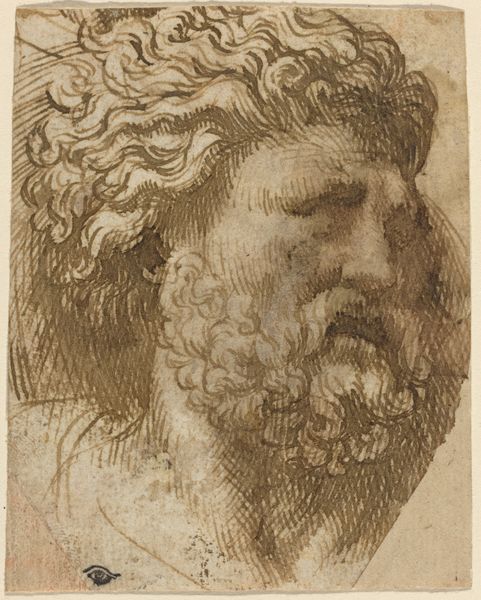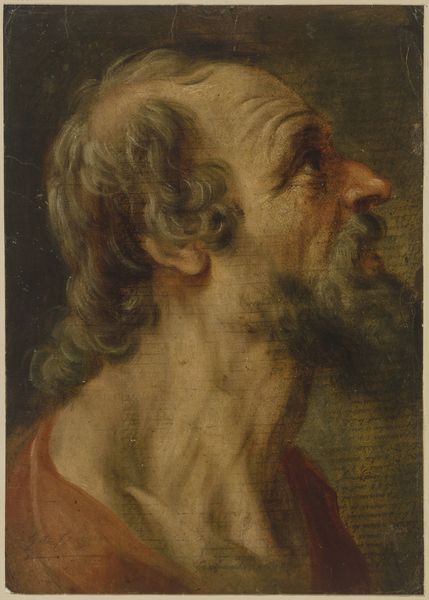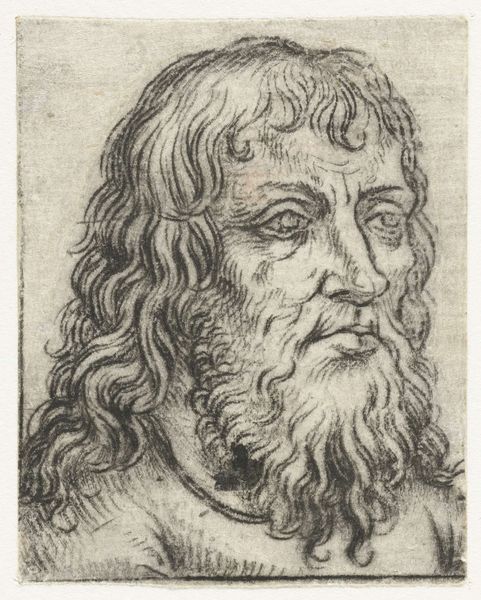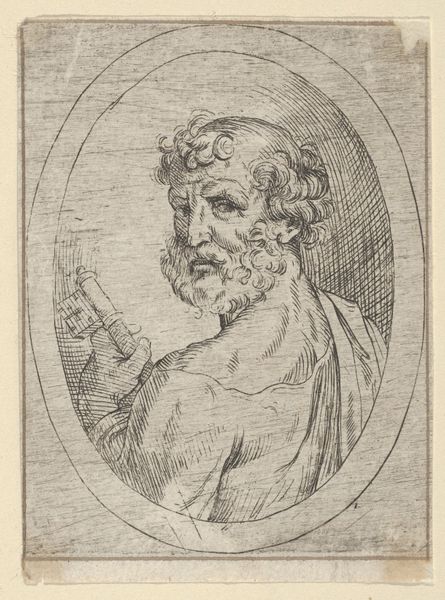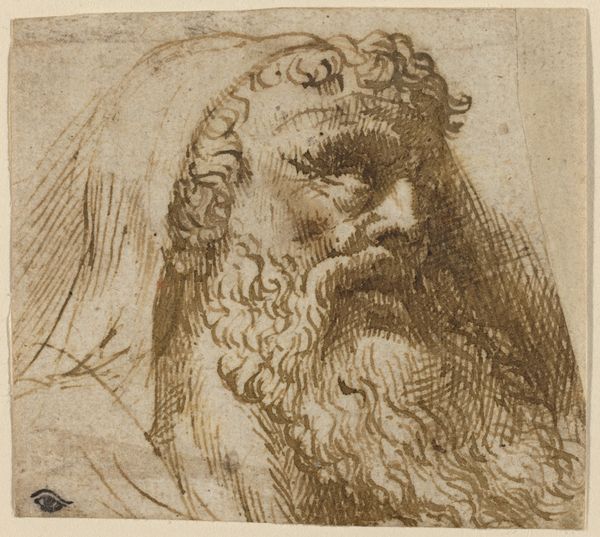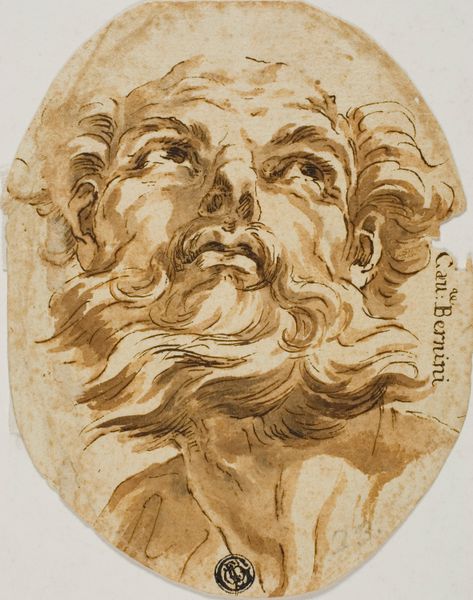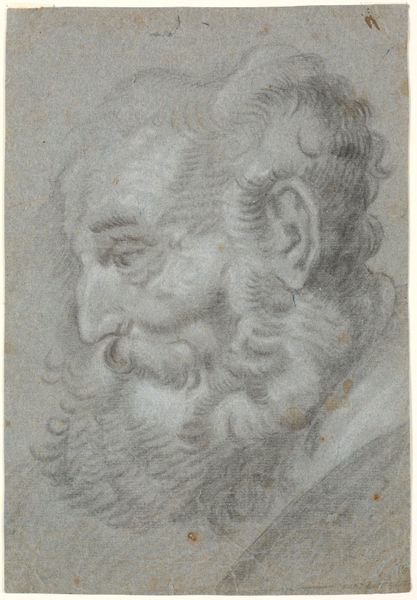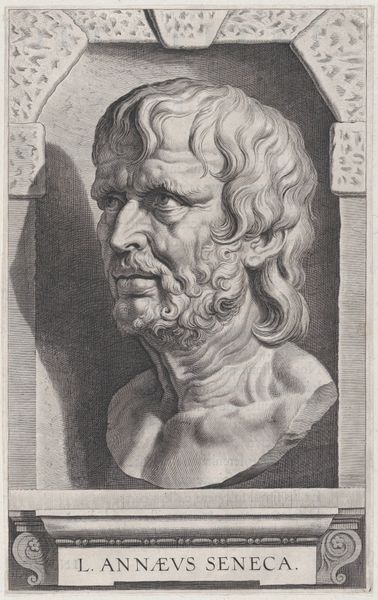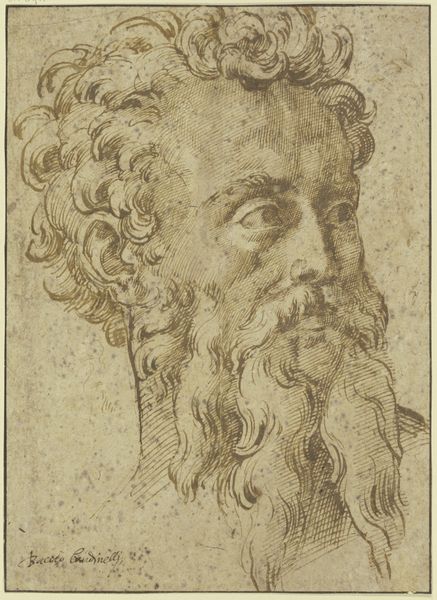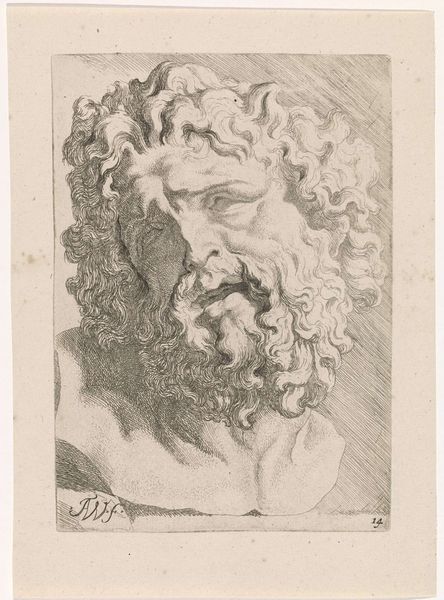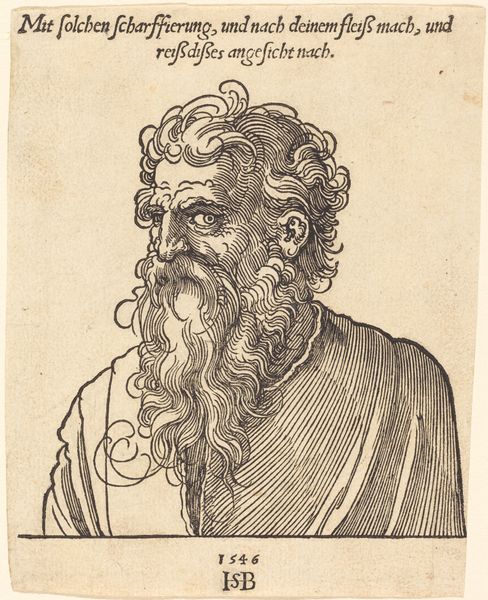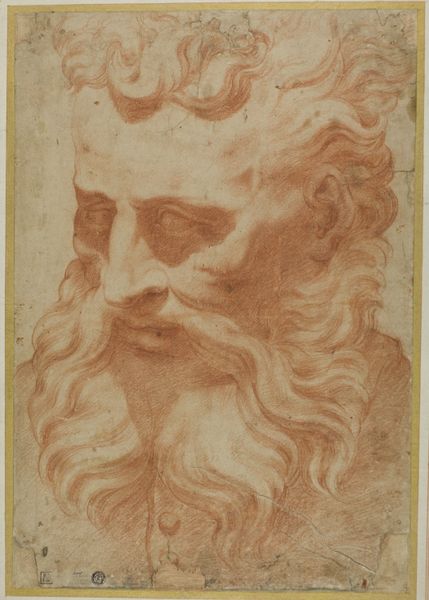
drawing, print, paper, ink, chalk, charcoal
#
portrait
#
drawing
# print
#
greek-and-roman-art
#
charcoal drawing
#
paper
#
ink
#
ancient-mediterranean
#
chalk
#
portrait drawing
#
charcoal
#
academic-art
#
portrait art
Dimensions: 323 × 246 mm
Copyright: Public Domain
Curator: This is "Bust of Blind Homer," a drawing made with ink, chalk, and charcoal on paper, the date is unknown, located here at the Art Institute of Chicago. I’m immediately drawn to its somber mood, almost like a lament. What’s your initial take? Editor: It does have a really serious tone. What's interesting to me is how a culture so far back is remembered today. Is this just some academic representation, or does it carry a different meaning? Curator: Precisely. Academic art often reinforced power structures. How does representing Homer, traditionally viewed as a pillar of Western culture, contribute to these power dynamics? Is the act of depicting "blindness" potentially exploitative? Think about who had access to create and interpret images of Homer throughout history. How might their position influence the narrative? Editor: I never thought of it that way before, more of a token image to promote thought or something, less that there's always someone choosing whose stories get to be told and remembered. Do you think it matters that it’s a drawing, rather than a sculpture? Curator: Absolutely. A drawing can feel more immediate, more like an impression. Perhaps the artist sought to convey Homer's inner vision, rather than just his physical form. But then we circle back: Whose vision are we really seeing? Who profits from this romantic idea? Who gets erased? Editor: It gives a lot of weight to consider who has ownership of the narrative. So, considering it as a cultural artifact that has some say on who gets to be remembered sheds new light on academic portraits. Curator: Yes. Considering these issues fosters a more equitable dialogue with art from the past and encourages us to challenge conventional perspectives. Thank you for lending fresh eyes to this dialogue, especially today. Editor: Thank you, It was very illuminating. I have some great perspectives on interpreting art history, looking at art and portraits and images of the past to the light they shed on current structures and issues of who gets seen, heard, and remembered.
Comments
No comments
Be the first to comment and join the conversation on the ultimate creative platform.
